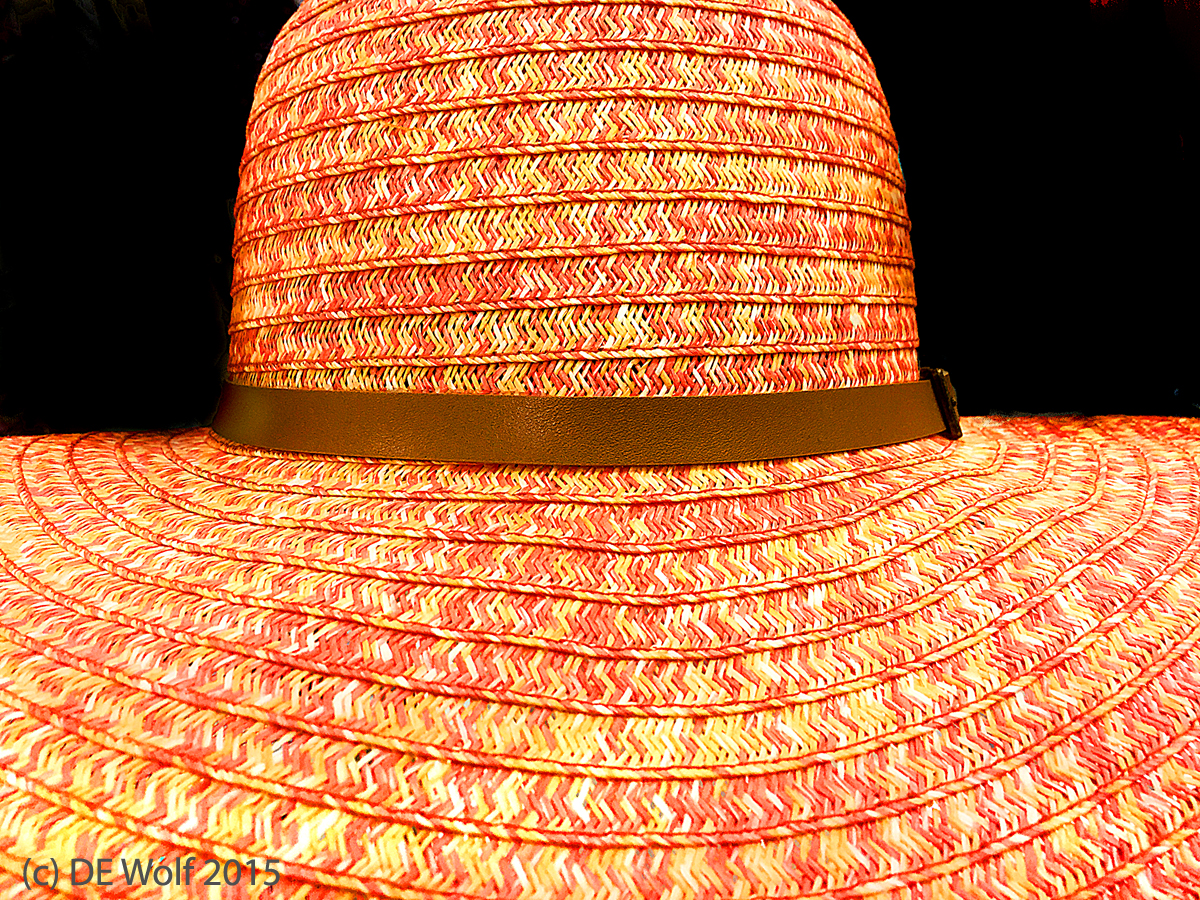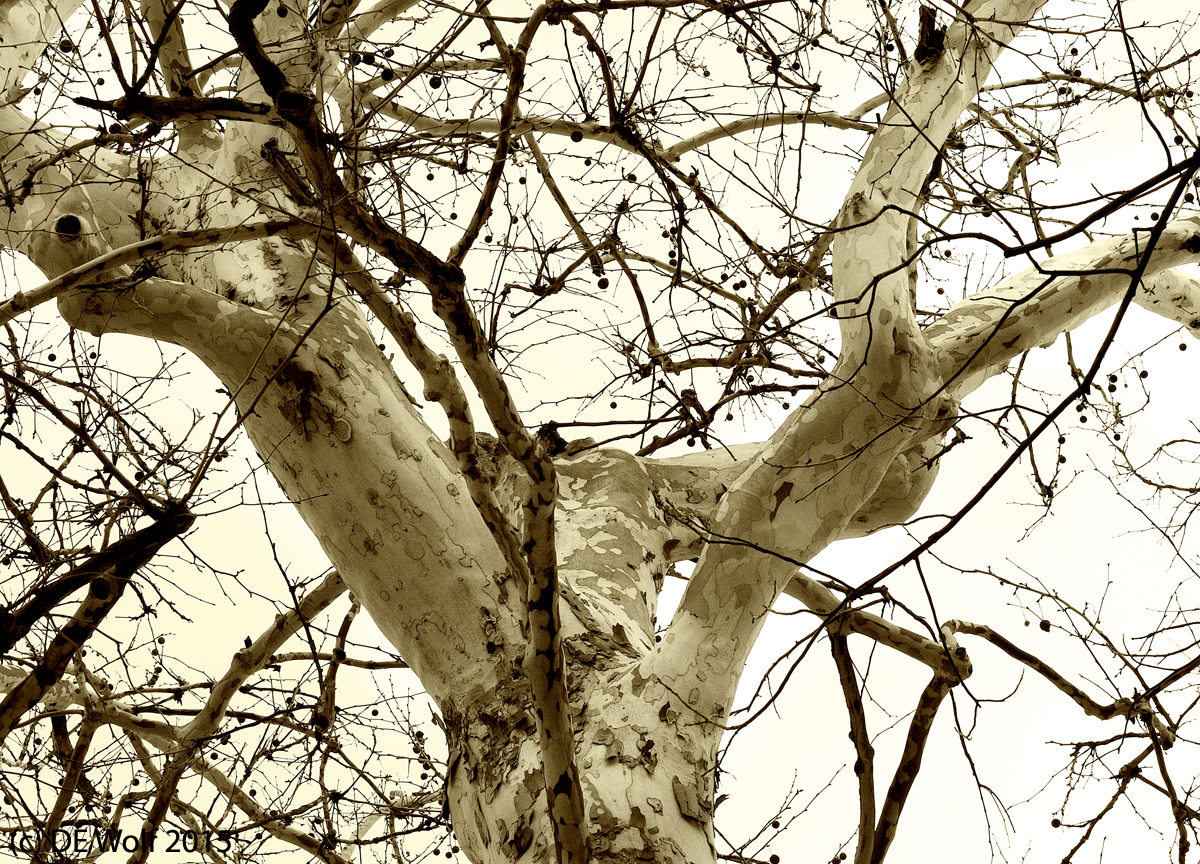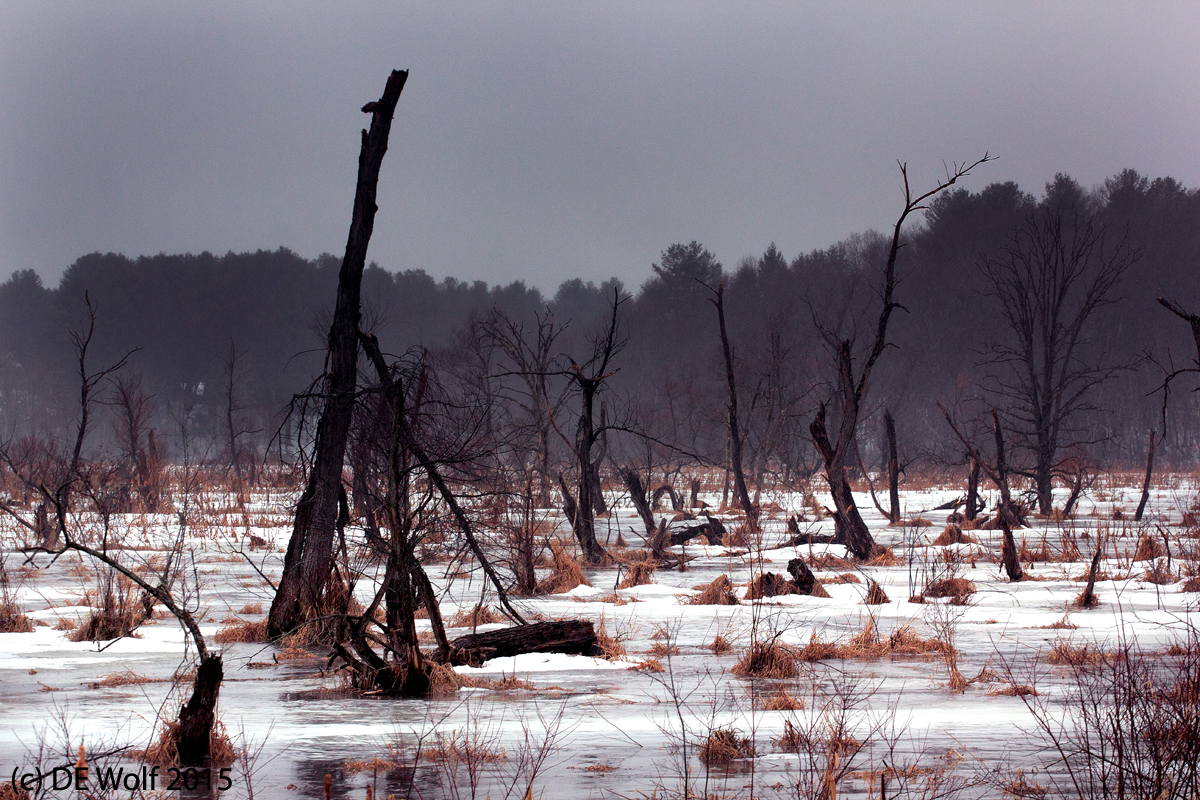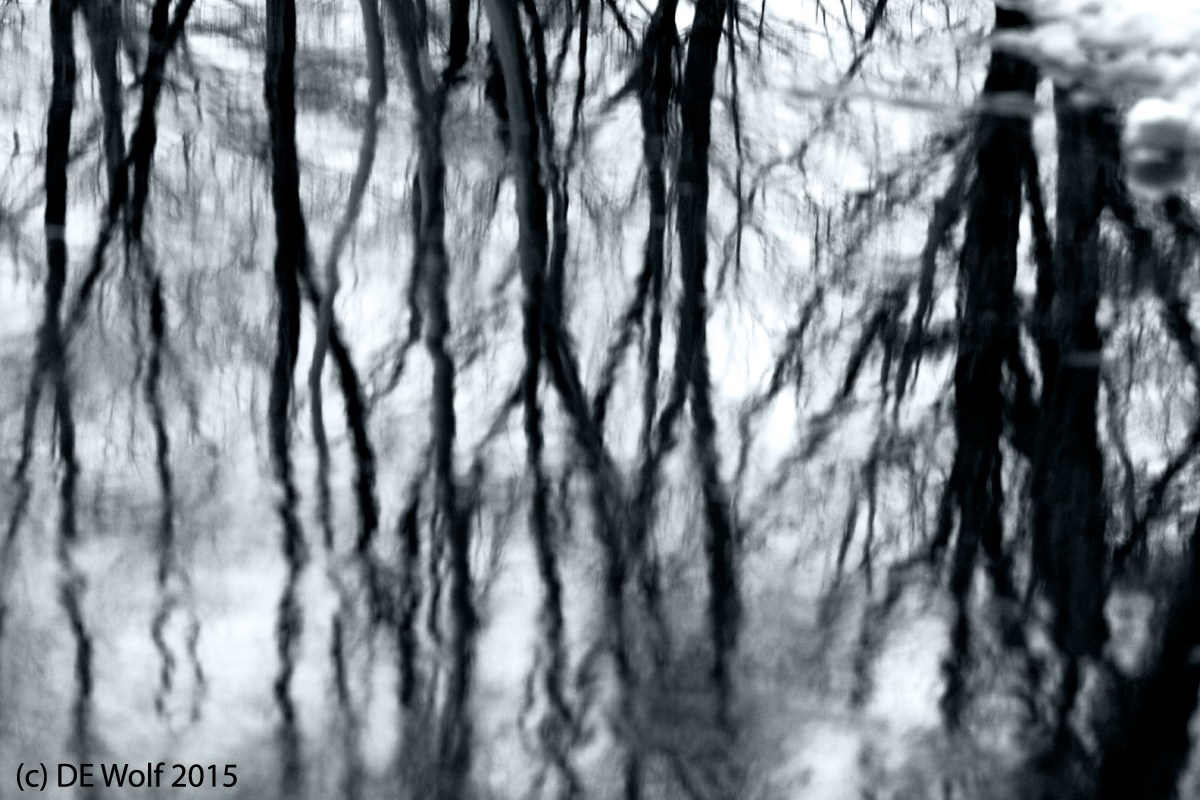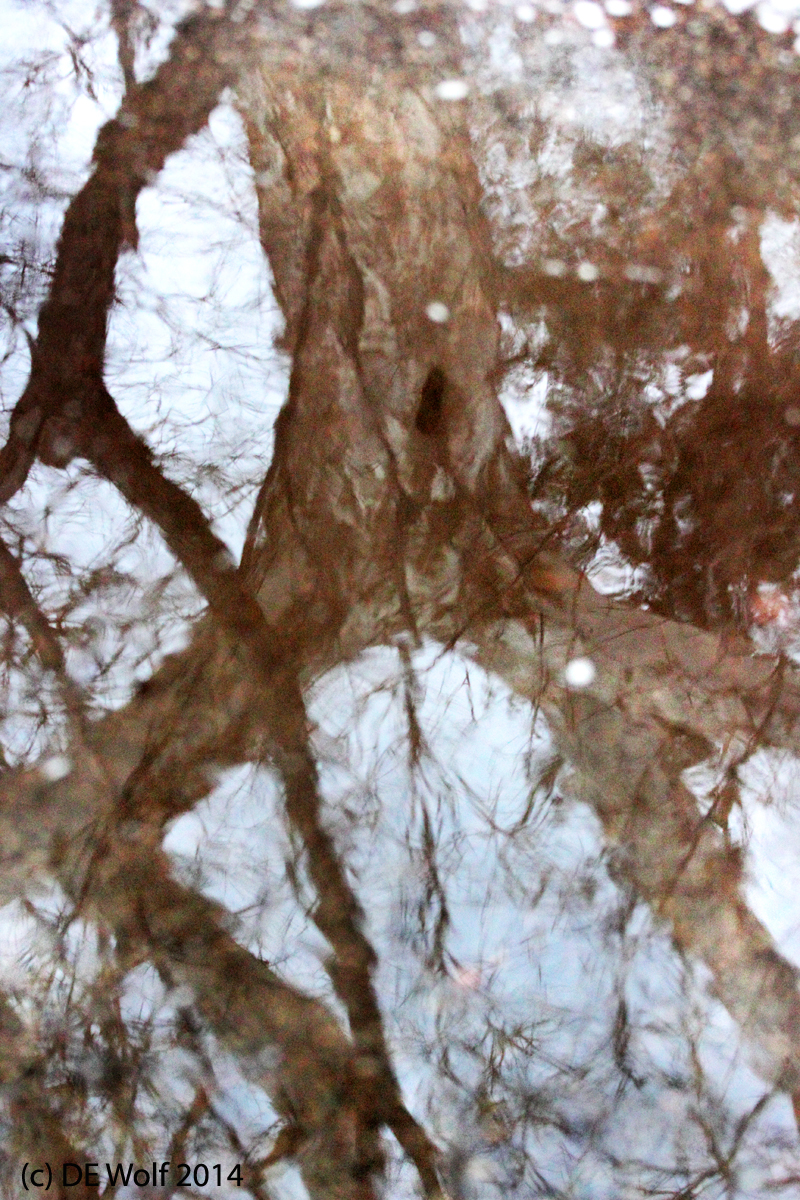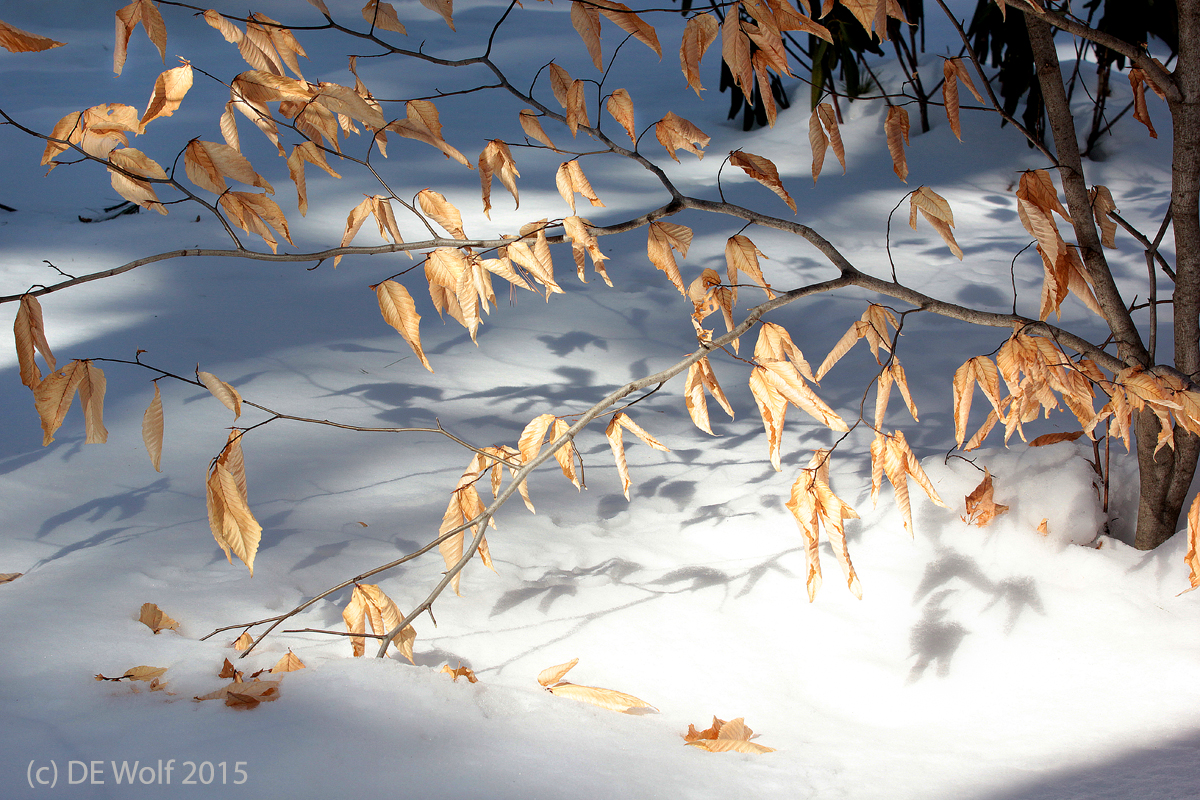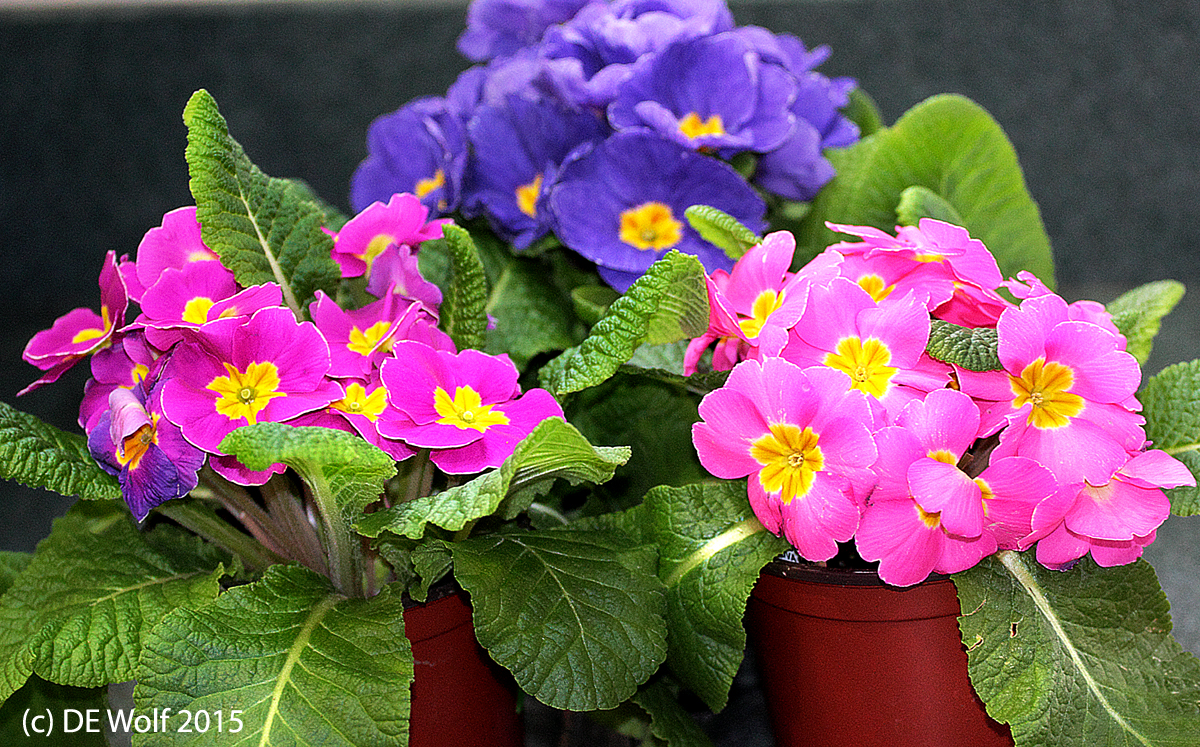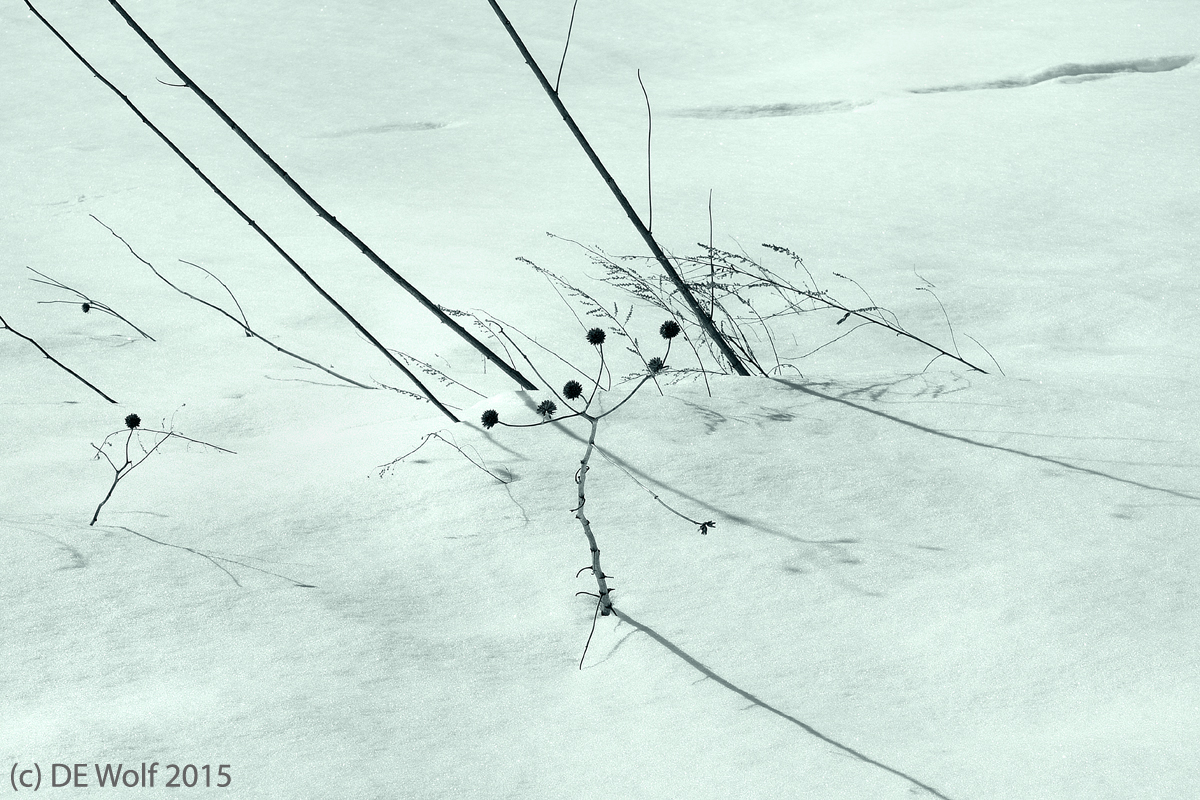I recently upgraded my cell phone to an IPhone 6 and with that comes the “better” camera than the 4S. I have a love of IPhone photography. You absolutely have your camera with you at all times, and it can be counted upon to give a reasonable image as long as the light is in the normal range. Also, it enables you to step back into a less serious side of photography. Figure 1 is my latest venture in this arena, “The Orange Hat.” I have nothing profound to say about it. Orange Hat was fun to take, no fuss no muss, and it was fun to work-up.
My mind does however, have a tendency to literary allusion. I am forever making weird associations and this is not exception. So I am reminded of a poem by Robert Burns (1759-1796) entitled “To a Louse.” Well, you know lady’s hat and all. It seems that one Sunday he was sitting behind a young lady in church when he noticed a louse roaming through the bows and ribbons of her bonnet. It was a more common thing in those days – both bonnets and lice. It led to one of the most famous of Burns’ quotes “Oh would some Power with vision teach us to see ourselves as others see us!” Here is the last verse in both eighteenth century Scottish and modern English:
“O wad some Power the giftie gie us
To see oursels as ithers see us!
It wad frae monie a blunder free us,
An’ foolish notion:
What airs in dress an’ gait wad lea’e us,
An’ ev’n devotion! ”
“O would some Power with vision teach us
To see ourselves as others see us!
It would from many a blunder free us,
And foolish notions:
What airs in dress and carriage would leave us,
And even devotion!”

